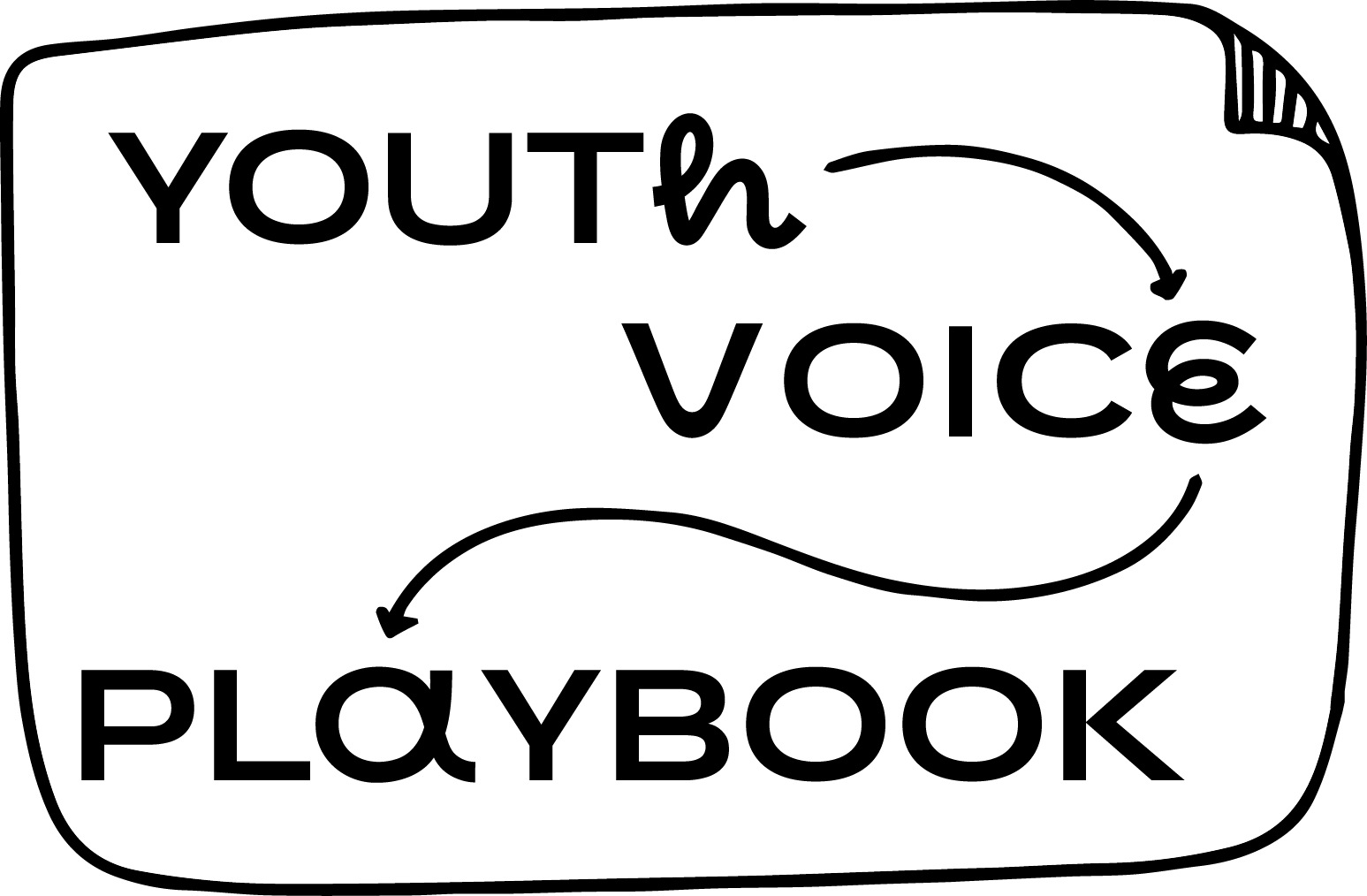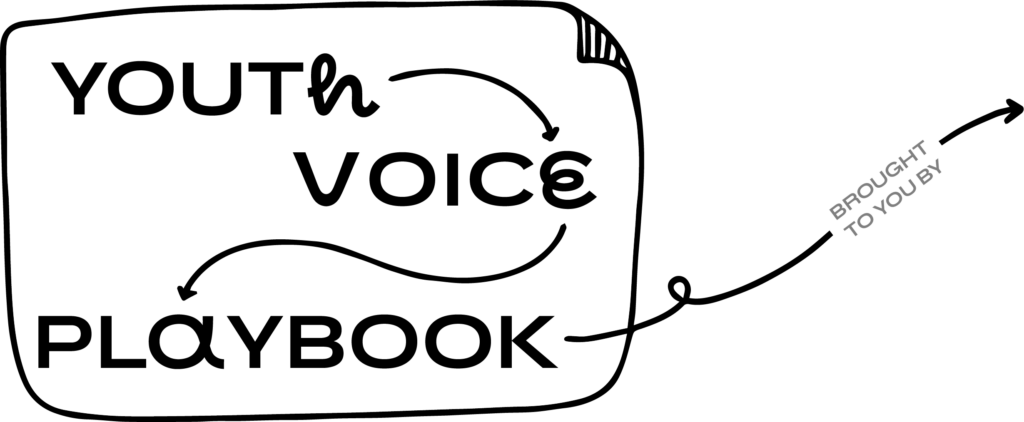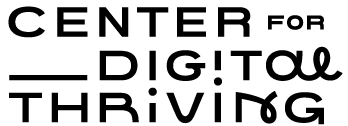What do I do with this huge pile of sticky notes…
now that the meeting is over?
I think that went really well…
… I wonder what the teens thought.
Wow, that session was a whirlwind.
I hope I didn’t miss anything.
This chapter explores questions like: after you’ve spent time with young people, how do you summarize what you learned? And in addition to capturing all the rich data, how can you learn from the session itself and how it went? We give some practical advice on capturing everything that just happened and learning from it for future sessions. It’s organized into three parts: what to do before, during, and after your sessions.
Research involves data collection and analysis, and thus far we’ve talked primarily about data collection – so now we’ll shift briefly to that key step of organizing the data and making meaning from everything you’ve taken in! This exploration will take us two chapters. Chapter 7 is mainly focused on the immediate documentation and synthesis work that happens after data collection. If you’re looking for info about how to involve young people in the bigger “meaning-making” work of data analysis, check out chapter 8.
Before the session
Think ahead about how you’ll take notes.
It can be really helpful to create a template for note-taking. This template can include a section on rapport with the group (e.g., were participants engaged?, were there technical difficulties?), and then a section for notes about each activity or discussion topic. Having a template that reminds you to fill in certain information can also be useful to make sure you don’t forget to keep track of important details, like who showed up! We’ve included an example for you in this chapter’s Resources section that you can modify for your own project.
It can also be helpful to have a designated note-taker for your session, or have co-facilitators take turns keeping the notes throughout the session (e.g., one facilitator takes notes while the other facilitator guides the activity and discussion).
During the session
Take good notes.
It is almost impossible to effectively facilitate a session (remember last chapter?) and take notes; we highly recommend another facilitator or adult in the session to take on note taking. When taking notes, don’t try to capture every word that’s said. However, it can be wise to write notable quotes, observations, or themes, which will help you when you want to summarize your learnings later.
Record the session.
When possible, we also recommend recording your sessions; however, you should note that you will need to ask for permission from the participants to do this, and also make sure you’re storing the recordings in a secure way so that the young people’s identities and responses aren’t revealed. If you are using a video platform like Zoom, recording the session can help you be more present and engaged during the session, and less worried about taking detailed notes. Additionally, recordings on Zoom can auto-generate transcripts which can be super helpful as you revisit and reflect on your session (instructions for enabling transcript instructions can be found here).
After the session
Write down your reflections.
Once you finish a session, we recommend that you take some time to reflect on how the session went and write down some notes while the information is fresh in your mind. In our experience, this goes best if you can do it pretty immediately after facilitating the session, but after you’ve had time to catch your breath.
Organize and de-identify your artifacts.
This might include virtual whiteboards, the Zoom chat, survey responses, or other materials you created during the session. Make sure they’re all downloaded, screen-grabbed, photographed, or otherwise saved. Label them so you can easily identify them later.
We recommend that you also de-identify these artifacts. Even if it’s not required for your IRB (see chapter 2 for a refresher), anonymizing the data before you store it is always wise. Unless knowing who said what is part of your analysis plan, removing names and other identifiable information from the data can help reduce bias when you’re analyzing it, and also protects participant privacy. This doesn’t need to be fancy – PDF editors, simple redaction tools, or a strategically-placed screenshot frame can go a long way!

Example from Center for Digital Thriving
After our most recent co-interpretation focus groups with teens, the facilitators wrote a few bullet points with high level takeaways from the sessions, like themes and relevant quotes. We also added screenshots of the various artifacts from our activities (like the emoji voting activity mentioned in chapter 5). We recorded our Zoom sessions (with permission from teens and IRB approval to do so!) so that we could auto-generate transcripts using Zoom, too. This helped us not worry about capturing everything that was said during the focus group, so we could channel our energy toward interacting with teens and responding in real-time to the discussion. As we gathered documentation from our sessions, we checked the Zoom transcripts (cross-referencing the recordings with the written transcripts for accuracy) and then de-identified our transcripts to remove names, mentions of schools/location, etc. This process helped us organize all of the data and emerging insights from our focus groups. We later input our transcripts, memos, and artifacts into a coding software (Dedoose) for additional qualitative analyses.
Share a memo with participants within 24 hours of the session.
This can be an important piece of building trust with participants and a way to show that you are actually going to use the information they shared with you. Sharing this promptly also allows young people to correct anything you got wrong in your summary while the session is still fresh in their minds, like “You totally misunderstood what we meant when we said XYZ.”
The memo doesn’t need to be fancy or long. Usually our memos include the following sections:
- Project overview
- A section describing the session participants and rapport
- A section for each activity and notes
- A section on “noteworthy takeaways / next steps”
We will often include anonymized key quotes, as well as screenshots of artifacts, to help “bring the session to life” and spark people’s memories about the conversation.

Example from Hopelab
Hopelab prioritizes rapid qualitative analyses to move projects forward on relatively tight timelines. To enable quick capture of topics and themes, we always have a notetaker, in addition to a facilitator, in the room during interviews and focus groups. This notetaker takes detailed topic-based notes, and then, typically within 24 hours of the session, extracts high-level takeaways from these more detailed notes, which can quickly inform the next iterative step of research or product development.
Ask for feedback.
This can be hard to do when you’re excited about all the rich data you just collected and simply want to move forward into analyzing it! But we really recommend that you take time to ask the young people what they thought about the session – how they felt while participating, how they felt after it concluded, what activities resonated, and what they’d recommend changing next time. This sort of continuous improvement approach can help you plan better activities, identify gaps in group norms, and become a better facilitator. It also gives your youth partners a chance to share anything they may not have had the chance to say in the moment.
Ideally you’ll ask for this feedback pretty quickly after the session concludes, while their reactions are still fresh in their minds. However, if you’re planning a series of different sessions, you may want to be strategic about how often you ask for feedback so that you don’t overwhelm your youth partners with requests. Feedback requests don’t have to be fancy; we often do them via short written surveys that participants can complete in just a few minutes (especially if the youth have been involved in shorter engagements like a single focus group). If the participants have been involved in longer engagements with multiple touchpoints, sometimes we’ll ask for more extensive feedback, either by emailing them a survey or through scheduling short (15-20 minute) “exit interviews.” You can include a link to give feedback in the “thank you” email that you send to participants shortly after the session.

Example from Character Lab
At the beginning of the CLIP program year, we hold a week-long training for program participants. It is a lot of information, but we feel this training is crucial for our youth participants to feel confident and engaged throughout the year. We use daily “Exit Tickets” at the end of each training day to see how effective the day was and to see if there are any lingering questions. We keep it short and simple, only 3 questions, to gather general feedback:
- What was your favorite thing you learned today?
- What is something you would’ve changed about today?
- Do you have any lingering questions?
At the end of the training, we gather more in-depth feedback from CLIPsters on their entire experience of the training week. This includes questions about overall experience of the week, logistics (times of sessions, length, connectivity), effectiveness of sessions, and feedback on how we can improve for the next year.
Resources, activities, and digging deeper

Template for note-taking and initial synthesis:
This example from Hopelab shows how they use Mural to synthesize major themes and questions after a session and then reflect on those themes together with youth.

Template for note-taking and memo creation:
This example from Center for Digital Thriving can serve as a template both to organize your notes during the session, and to organize a memo to report back to participants afterwards.

(See Links Below)
Post-session feedback surveys:
This example from Character Lab and this example from Center for Digital Thriving show how short and painless it can be to collect anonymous feedback from youth participants.

Post-project feedback interviews:
Here’s an example interview guide that Hopelab used to get feedback from youth who participated in a series of engagements to develop a national survey. This feedback was collected after the survey development portion of the project was completed.
What to Read Next
Now you have the notes of your amazing youth insights, and have given young people a chance to provide feedback on their experience! Give yourself a round of applause! Next up, we are going to tackle making sense of the input, insight, and feedback you received during your session.




























